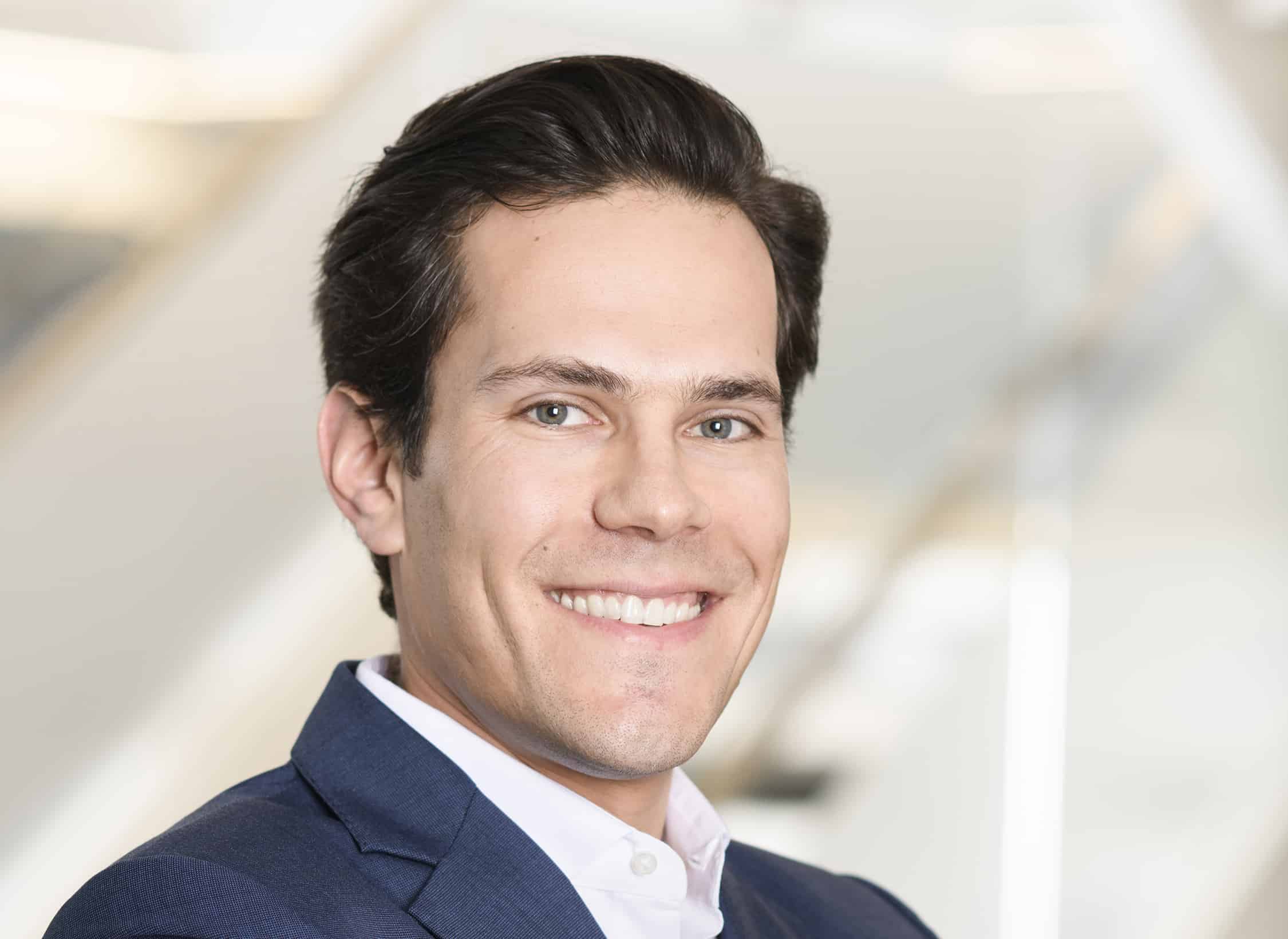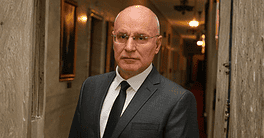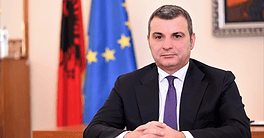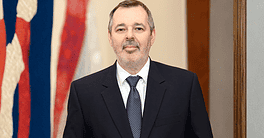Jay Lurie, currently chief investment officer of DC Green Bank, has more than a decade in financing and infrastructure development worldwide in positions at Macquarie, Credit Suisse, and the World Bank Group’s International Finance Corporation (IFC). He talks with Global Finance about climate change and the finance sector.

Global Finance: What is the short history of green banks?
Jay Lurie: Green banks started in the US 10 years ago in Connecticut and New York. The New York City Energy Efficiency Corporation was the first city-based green bank. DC Green Bank was established in 2018 and started operations in 2020. It is one of 20 member institutions in the American Green Bank Consortium, [who see each other] as partners due to their different geographies. Many of them operate around the coastal states, driven by public policy and local politics, although now, and especially following the election of the new Biden administration, climate policy is bi-partisan and the expansion of green banks reflect that.
GF: What is the bank’s role in today’s emerging green economy?
Lurie: The bank focuses on three core issues, which are sustainability and carbon reduction, clean economy and jobs creation locally, and inclusive prosperity such as ensuring low-middle income customers access to lower or no electricity costs using solar projects.
Green banks are investment engines aligned with public policy on climate. In DC, for example, the climate goal is to reduce carbon emissions by half by 2032 from 2006 levels, and to achieve 100% renewable energy by 2032 as well. In the DC area, those can be achieved by advancing innovative financial structures and related regulatory support for solar energy to supplement the energy imported from outside the District.
GF: What are the differences and similarities between local and regional green banks and multilateral institutions that cover the sector?
Lurie: While green banks such as DC Green Bank have smaller balance sheets and lower [per project] financial commitments, they cover similar projects to [those of] multilateral institutions, such as the International Finance Corporation, in the clean energy, water and transportation sectors.
Like multilateral financing, green banks promote innovative financial solutions where commercial capital is not available yet. In a similar way, at DC Green Bank, the focus is on the underserved population in order to bridge the wealth gap and support better inclusion.
GF: What are your target sub-sectors and how do you manage to foster private capital in these areas?
Lurie: DC Green Bank focuses on solar energy and storage, such as on rooftops and parking canopies; green buildings driven by compliance needs, as they are responsible for the majority of carbon emissions in the District; stormwater resilience; and clean transport, such as electric vehicles. The size of projects depends on the location and context: rooftop solar projects in DC require smaller financing commitments compared to much larger solar or wind projects in rural New York State.
Green banks may also play a role in financing the expansion of DERs, or distributed energy resources, such as micro-grids, which are designed to reduce the need for large transmission lines. Costs of solar and batteries keep coming down, which accelerates the trend.
GF: How do green banks like yours interact with other local institutions and city and state agencies?
Lurie: We do not provide grants like other state, municipal, or District agencies. While grants can provide financial incentives, green banks have a role in forming financial structures that can attract commercial capital to augment climate-related investment. DC Green Bank, like other green banks, mobilizes and participates with financial institutions that share its values, together executing sustainable commercial deals. In addition, DC Green Bank has bonding authority, which will allow us to leverage our capital base and introduce financial innovation in the future.



